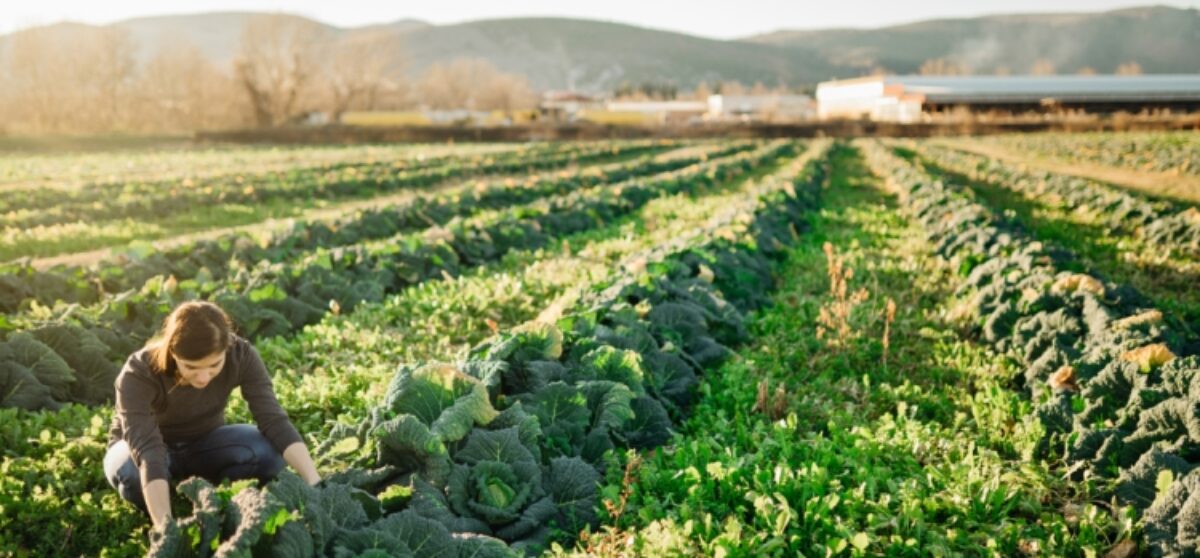https://www.axios.com/sponsored/content-item/ctia-how-5g-reduces-emissions-and-helps-u-s-farmers
How 5G reduces emissions and helps U.S. farmers

Agriculture is a major contributor to greenhouse gas (GHG) emissions, but 5G innovations can help reduce environmental impact.
Why it’s important: Reductions in GHG emissions are critical to fighting global warming, which has acute implications for food production and supply as the world’s population grows and acres of farmland decrease.
Agriculture accounted for 11% of total emissions in 2020, according to the EPA.
- This presents a challenge for meeting the Biden Administration’s goal of cutting GHG emissions in half by 2030 and reaching net zero by 2050.
Okay, but: 5G-enabled farming can reduce carbon emissions by 27.8 million metric tons annually, according to Accenture.
- That’s equivalent to removing emissions from burning 30.7 billion pounds of coal during that same period.
How it’s done: 5G’s high bandwidth, low latency and support for high device density allows farmers to adopt new connected technologies that:
- Improve agricultural productivity.
- Enable precise applications of water and fertilizer.
- Give farmers key data points about their crops and livestock.
- Reduce carbon emissions.
Precision agriculture is one 5G-enabled use case changing farming.
IoT devices and sensors can collect and communicate data from the field, so farmers know exactly what their crops need, saving resources and reducing emissions.
An example: At Swans Trail Farms, an apple orchard in Snohomish County, Wash., cutting-edge 5G technology improves efficiency, crop quality, sustainability and food security, according to farmer Nate Krause.
“We’re not going to be able to feed the world unless we can produce more food on less ground,” says Krause.
- “5G and connectivity will really help farmers get more out of their fields, more production with better quality.”
5G’s high bandwidth, low latency and edge-compute capabilities enable farmers to tap into an ecosystem of connected soil and water sensors throughout the orchard, which relay real-time water and nutrient data from 4,000 trees directly back to a smartphone, so farmers can decide whether to irrigate.
Plant health applications are also getting a boost with 5G.
Here’s how: 5G’s fast speeds allow it to process large amounts of data which can be used to understand the health of thousands of plants in the field.
EarthSense’s TerraSentia autonomous robot can scan up to 10 plants per second to determine the plant’s height, leaf-area index and other indicators of health.
- 5G enhances the process with fast speeds and low latency, enabling data to be sent in real time and allowing farmers to manage crops more efficiently.
What you’re missing: 5G monitoring doesn’t stop at plants. Farmers can also track and assess their livestock with the help of 5G.
In southwest England, cows at the Agricultural Engineering Precision Innovation Centre wear 5G smart collars and ear tags that track their health.
The impact: Their collars allow them to enter the milking area on their own and be fitted with custom settings for the milking machine.
- The cows choose to be milked more often than on a typical dairy farm, producing up to 20% more milk.
Looking ahead: Innovations in the agricultural sector will continue. Tools like 5G-connected autonomous tractors and cellular-connected drones can help change and improve the way farmers work.
The takeaway: 5G paves the way for reduced GHG emissions and improved efficiency — benefitting the planet and U.S. farmers.
- Without 5G-enabled use cases, it is unlikely that the U.S. agricultural sector can reduce emissions enough to meet the Biden Administration’s climate change goals.

